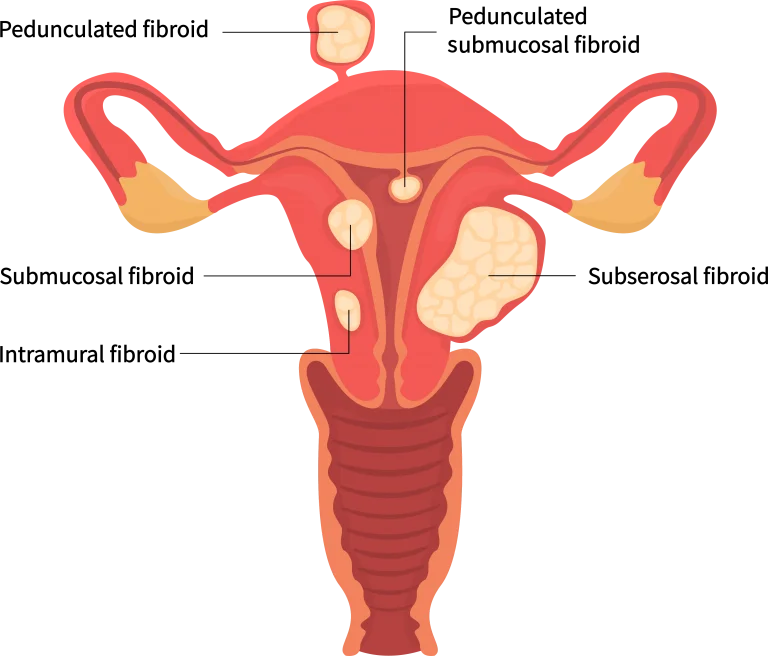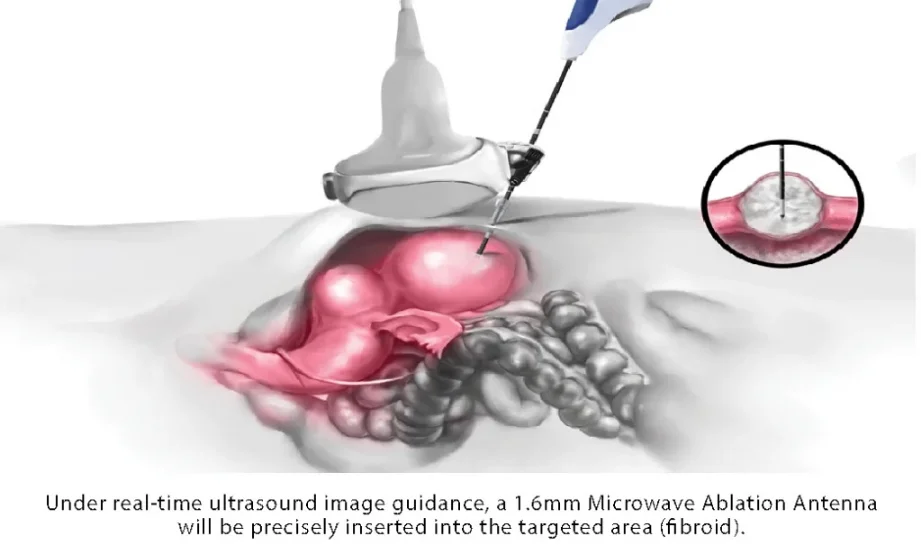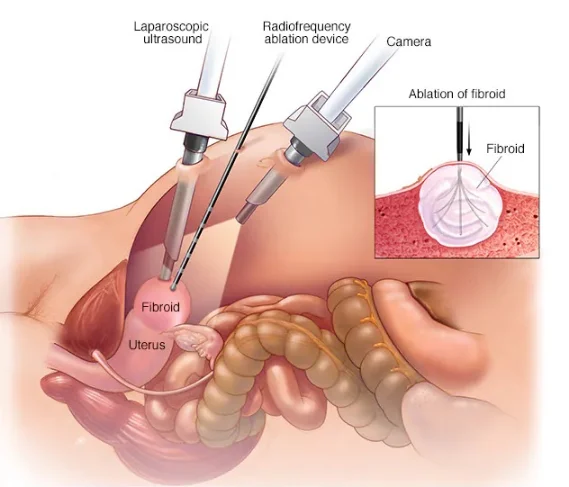Tumor Ablation
It is a minimally invasive medical procedure used for the treatment of various medical conditions, including liver tumors and uterine fibroids

Microwave Ablation (MWA) and Radiofrequency Ablation (RFA) are widely employed to treat specific cases, including:
- Liver cancers (HCC intermediate stage & Intrahepatic cholangiocarcinoma)
- Lung malignant nodule/metastasis
- Painful bone metastasis
- Osteoid osteoma—Bony lesion
- Fibroids
- Thyroid Nodules

Image-guided, minimally invasive procedures, like ablation, are typically conducted by a specially trained interventional radiologist in an interventional radiology suite or occasionally in the operating room.
Once the needle electrode is in position, radiofrequency/microwave energy is applied. For large tumors, multiple ablations may be necessary by repositioning the needle electrode or placing multiple needles into different parts of the tumor to ensure no tumor tissue is left behind.

Benefits of Microwave/RFA ablation include:
- Effective treatment for primary liver cancer and cancers that have spread to the liver in select patients whose tumors are unsuitable for surgical resection.
- In tumor ablation selected, over half of the liver tumors treated by ablation have not recurred, with a success rate of over 85% for completely eliminating small liver tumors.
- Treatment-related serious complications are infrequent, and discomfort is less than surgery.
- Ablation can be used repeatedly for recurrent liver tumors.
- Percutaneous ablation, with needles inserted through the skin, is minimally invasive, producing few complications and not requiring hospital admission.
- Ablation is a quick procedure, and recovery is rapid, allowing for almost immediate resumption of chemotherapy in patients who need it.
- No surgical incision is necessary—only a small skin nick that doesn’t require stitches.
Frequently asked questions (FAQs) about UAE
Microwave ablation is an innovative technology that destroys lesions using heat generated by microwave energy. It involves inserting a thin probe through the skin and guiding it to the target. The microwave energy is turned on, and the probe delivers intense heat that ablates (destroys) the targeted tissue
The procedure involves inserting a narrow, microwave antenna directly into the tumor. The microwave energy creates heat, which destroys the diseased cells and tissue. This targeted approach ensures that healthy tissues are not harmed
Microwave ablation has a number of advantages when compared to traditional Radiofrequency Ablation (RFA), a standard method for ablating liver tumors. These include speed – Microwave ablation (MWA) is faster than RFA, destroying tumors more efficiently, and reducing the time patients remain under general anesthesia
While all medical procedures carry some risk, microwave ablation is generally associated with a low rate of complications, which tend to be minor if they do occur. However, it is important to discuss these risks with your physician, including signs and symptoms to watch for after the procedure. The most common risks of microwave ablation include pain, fever and heat damage to normal tissue adjacent to the target. Major complications are rare, but include bleeding and infection
Microwave ablation is often used if you aren’t a candidate for surgery or if your tumors are small (less than 1.5 inches in diameter). It is frequently used for the treatment of lung tumors and liver tumors
Get One Step Ahead Of Disease
Subsribe To Our Newsletter
Stay in touch with us to get latest news and special offers.
Address
Shekhar Sarraf Memorial Hospital, Aligarh
Call Us
+91-9548752611
Email Us
info@drkonika.com
